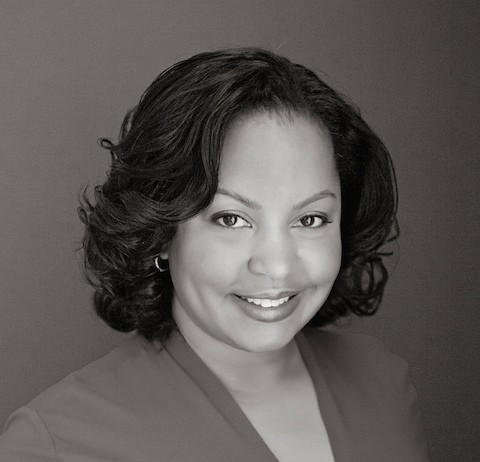Honest conversations about education reform generate more questions than answers.

Are charter schools the answer to what ails poor children? What will it take to turn low-performing schools around? How can public schools best prepare disadvantaged students for college and careers?
To those queries, allow me to add another: What if we’re asking the wrong questions? Is it possible that what happens in classrooms doesn’t matter nearly as much as education reformers say it does?
What if it’s not public schools that need fixing? What if the problem is hyper-segregated neighborhoods and a job market riddled with race and gender favoritism? What if the problem isn’t poor children who struggle to learn but middle- and upper-class parents who hoard opportunity for their kids?
What if we viewed economic and educational inequality not from the stoop where the disadvantaged sit, but from the perch of those who inherit advantage that they rarely share?
If you weren’t pondering those things before, you will after reading The Long Shadow, which chronicles a groundbreaking study of 790 first graders in the Baltimore public schools.
Starting in 1982, Johns Hopkins University researchers Karl Alexander, Doris Entwisle, and Linda Olson followed these students’ education and career path for nearly 25 years. Some of the students were white, some were black, some of low socioeconomic standing (measured by household income, the parents’ education level and their occupation) and some of relatively higher standing.
The short version of the study’s findings: Children who are born into poor, disadvantaged families almost always end up where they started, especially when the poor children are black.
For the overwhelming majority of the disadvantaged students, “the promise of upward mobility through educational success has proven to be an empty one,” the book’s authors write.
If you understand how efficiently inequality was designed to reproduce itself, this comes as no surprise. But what surprised Alexander most was how much a family’s access to informal job networks mattered.
When the students in the study were asked as adults how they found their jobs, “Whites were more likely to say through family and friends,” Alexander said. “Blacks said [they found their jobs] on their own and being on your own isn’t a good place to be. The people who had the advantage back in the day still have the advantage today and that’s where race comes into play.”
The institutional, legal racism that once strangled African Americans’ job prospects is largely gone, thanks to equal opportunity employment laws. Still, the African-American unemployment rate is reliably twice that of white Americans. In codified racism’s place are informal networks of access and opportunity that produce virtually the same result.
Here’s one example: More and more companies rely on current employees to find new hires, which in itself isn’t a problem. But people tend to refer people who look like them, which is worrisome for groups historically shut out of the job market. According to a study by the Federal Reserve Bank of New York, job candidates who are referred are twice as likely to get an interview. Just over 70 percent of employees recommended job candidates of the same race and 63 percent recommended candidates of the same gender.
Hiring biases could help explain part of why the poverty rate in Memphis is so divergent: Less than 10 percent of white families are poor, compared to 33 percent of African Americans, 47 percent of Latinos, and nearly 15 percent of Asians. This is not a problem that can be fixed in public schools.
That brings me to another set of questions: Is it only education reform we need or should we add some workplace reform too?
Who will train hiring managers to recognize and correct for their biases?
Can we adapt the tools used to measure teacher effectiveness to track how well employers do at hiring people who don’t look like them?
Can we convince charitable foundations that sink millions into education reform to also invest in creating equitable workplaces?
It’s not what you know, it’s who you know. When it comes to finding a job, we unquestioningly accept that as fact. But when it comes to education reform, we insist the reverse is true.
That leads me to my last question: When will we resolve that dissonance?